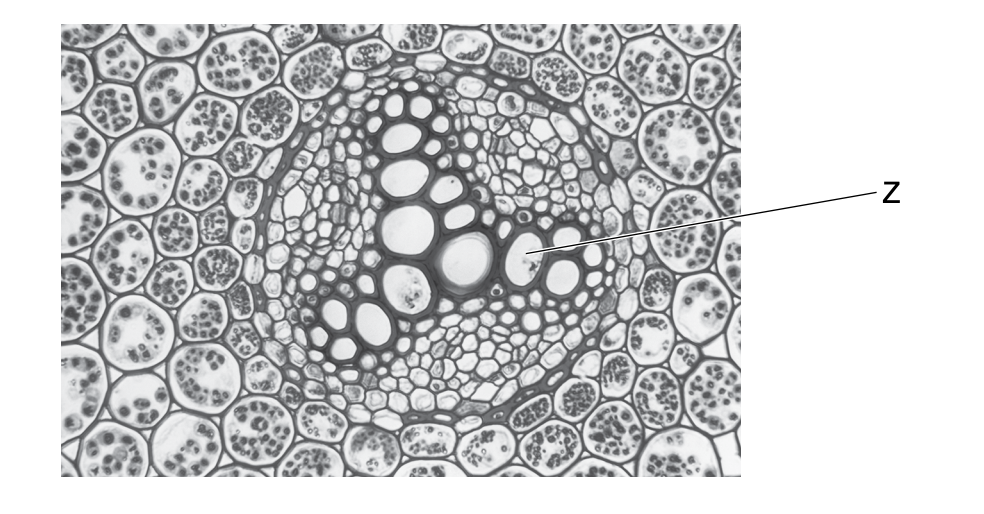The diagram below shows a potted plant and the same plant 48 hours later.

What has caused the plant’s appearance to change?
Water loss by translocation is greater than water uptake.
Water evaporating from the leaves by translocation.
Water loss by transpiration is greater than water uptake.
Water loss from the leaves by osmosis.
Did this page help you?












